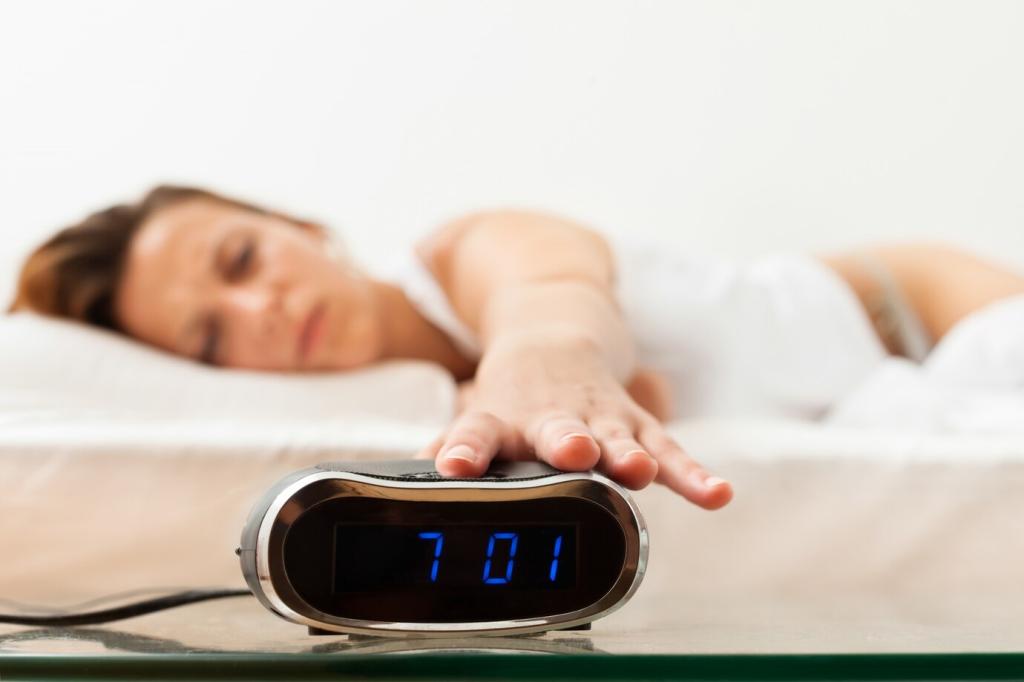Sleep Deeper Tonight: The Benefits of Guided Meditation for Sleep Improvement
Chosen theme: Benefits of Guided Meditation for Sleep Improvement. Welcome to a calm corner of the internet where a soothing voice, steady breath, and gentle imagery help you drift into nourishing, consistent sleep.

Why Guided Meditation Helps You Sleep
A calm narrative invites your parasympathetic system to take the lead, slowing heart rate and relaxing muscles. That shift from stress to safety cues the body that it is finally time to sleep.
Why Guided Meditation Helps You Sleep
The steady cadence of a guide helps your brain transition from alertness toward slower, sleep-friendly rhythms. Gentle visualization and breath cues nudge you into that drowsy, drifting borderland.
Build a Soothing Bedtime Ritual with Guidance
Dim lights, cool the room slightly, and silence notifications. Keep water nearby and a soft blanket within reach. Small environmental tweaks amplify the calming power of your chosen meditation.

Techniques Inside Guided Sleep Meditations
Body Scan Release
A slow sweep of attention from toes to scalp loosens hidden knots and invites heaviness. As muscles unclench, the mind mirrors the body’s ease, and drifting into sleep feels naturally effortless.
Breath Counting
Counting a calm inhale and longer exhale steadies the nervous system. That gentle arithmetic occupies mental bandwidth, replacing spiraling worries with a predictable, sleep-inducing rhythm of breath.
Safe Place Visualization
Guides often paint a vivid sanctuary—ocean waves, a forest trail, or a quiet cabin. Sensory details anchor attention, softening rumination while evoking comfort, safety, and an invitation to let go.
Stories That Make the Benefits Feel Real
New to bedtime meditations, Maya tried a five-minute body scan after weeks of choppy sleep. Two nights later, she noticed fewer wake-ups and a calmer morning mood, without changing anything else.
Jordan’s brain loved midnight worries. A soft-voiced breathing sequence became his interrupter, swapping rumination for counting exhales. He now drifts off quicker and checks his phone far less.
Which guided track helps you most on restless nights? Comment with your go-to technique, or subscribe for weekly sleep-friendly scripts and community challenges that keep good habits alive.
Troubleshooting the Tough Nights
If your mind races, switch to a counting breath track or a shorter, loopable meditation. Repeat the first few minutes twice and let familiarity hush the urge to chase every thought.
If sleep stays distant, pause the track and read a calming paragraph under soft light, then press play again. Gentle persistence beats frustration, which often sabotages drowsiness most.
Pack an eye mask and simple earplugs. Download offline meditations so airplane mode is easy. A familiar voice becomes a portable bedtime, even when hotel clocks blink at odd hours.



Tools to Amplify Your Guided Practice
Ten minutes suits quick dozers, while twenty to thirty helps restless minds unwind. Keep one ultra-short emergency track for rough nights and one longer journey for lingering tension.
Tools to Amplify Your Guided Practice
Soft speakers reduce pressure on side sleepers, while pillow speakers keep volume gentle. If audio feels overstimulating, try a printed script or memorize a simple breath count routine.


Track Results and Celebrate Progress
Note start time, track used, time to sleep, and awakenings. After two weeks, compare patterns and celebrate small wins like earlier bedtimes or calmer mornings before coffee.
Track Results and Celebrate Progress
Better sleep often improves focus, patience, and mood. Write one sentence each afternoon about energy or clarity. Share your observations with us and subscribe for monthly reflection prompts.
